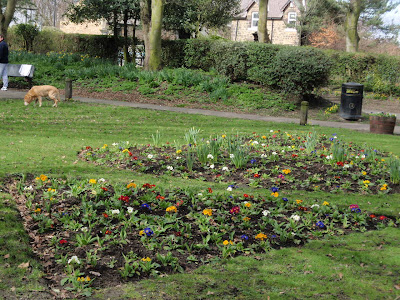The final part (for now) of a four part series.
I lived my first four-and-a-half years here in England without a car. I bought my house because it was near a Metro and happily hopped on buses where the Metros didn't go. However, I had an evil boss and was keen to escape to a job in Morpeth. I took driving lessons and two driving tests and bought a P-reg Peugeot 106. Here in the UK, ordinary car license plates, ie not 'vanity tags', tell you the age of the car and the place of manufacture. You can read all about that here if you like.
I lived my first four-and-a-half years here in England without a car. I bought my house because it was near a Metro and happily hopped on buses where the Metros didn't go. However, I had an evil boss and was keen to escape to a job in Morpeth. I took driving lessons and two driving tests and bought a P-reg Peugeot 106. Here in the UK, ordinary car license plates, ie not 'vanity tags', tell you the age of the car and the place of manufacture. You can read all about that here if you like.
My red (1996) Peugeot was a challenging drive, heavy as anything and without power steering. In spite of a standard transmission that I pushed hard, I felt sure the other drivers would run me over every time I got on the A19.
I paid cash for this and subsequent cars in the UK. Banks would give me a personal, unsecured loan if I lied and said I was buying appliances and music equipment, for example. However, if they knew I was buying a car, the bank would require me to take out a car loan and there were penalties attached to paying it off early. I think that is despicable and I'm too stubborn to give them that much authority, so over here I've always bought two-or-three year old cars and paid cash.
I did manage to get up to Morpeth, and enjoyed a lovely drive into the countryside against the prevailing traffic and a peaceful, if frantically busy time, at work. I enjoyed the drive even more in my S-reg VW Polo. The Peugeot 106 was just too bulky and I felt endangered in it.
I can't remember if it was and 3- or 5-door (I think it's strange to count the hatchback as a door, but there you are) but it was this strange blue-violet colour and I referred to it as the Purple Polo. It had plenty of pep, but mechanical problems led me to trade it for another.
As you can see, a lot of cars over here are pretty much of a muchness: small boxes of only slightly varying shape. One can buy larger cars, but they hog the road and make people think ugly thoughts about the drivers, so it's not recommended. Park the wrong car in the wrong place and it may even be 'keyed'. That doesn't mean unlocked, it means a long ugly scratch down the side, made with a key or similar sharp object. I've never bought anything but ordinary little boxes as a car has come to mean only one thing to me: (mostly) convenient transport. I say mostly because parking restrictions in some places can make having a car an outright liability.
However, it was the arrival of March/April and my need to renew insurance, safety inspection (called MOT - ministry of transport) and road tax that caused me to sell my last car just a couple of weeks ago. I don't know if you'll have heard about this in the US, but the European Union has ruled that basing insurance premium based on gender is discrimination and so women's car insurance costs are set to skyrocket. I thought the costs were already scandalous given my no claims record. You cannot buy only liability car insurance here, or at least the premium is no different to full cover, so I couldn't get under £250 and of course they inched up every year anyhow.
It was another Peugeot - this time a '52' reg (they changed their system when they got to the end of the alphabet) 206. It happened to be an automatic with only 15,000 miles on it when I bought it seven years ago. The fact that it only had 21,000 miles is another reason not to own a car: I simply don't drive it often enough. I did shy away from getting rid of my 'independence', though I knew Bill's car would normally be available to me. He doesn't drive his much more than I did mine these days, actually.
I put off selling it and made Bill come with me for moral support. We didn't discuss the price I would ask and he thought I could have got more, but I just wanted the transaction behind me, a sharp amputation. Once done, however, there hasn't been much phantom pain, I must admit. I've only given it perhaps a second and third thought and nothing more. It truly was surplus to requirement. I wouldn't say I'll never own another car, but it looks unlikely in the foreseeable future. The way I look at it I've got several hundred pounds - not to mention the price of the car - extra cash to play with. I can get a lot of bus/metro trips out of that...













































